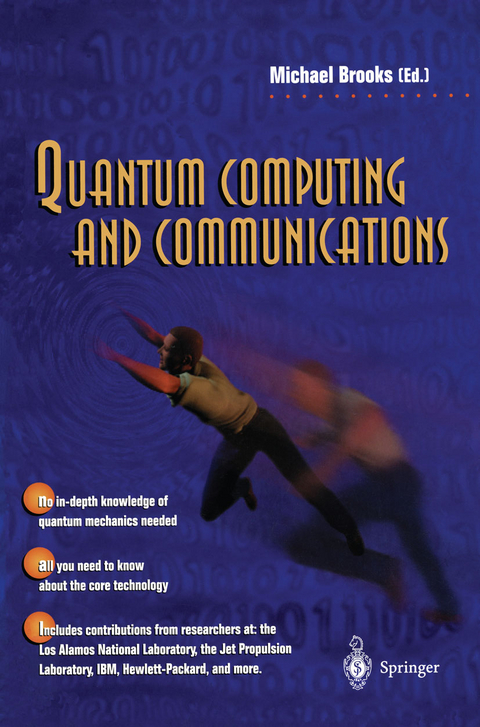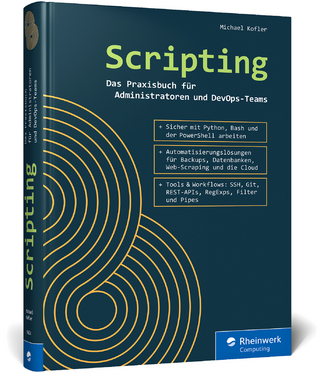
Quantum Computing and Communications
Springer London Ltd (Verlag)
978-1-85233-091-0 (ISBN)
We have, in the last few years, radically improved our grasp of the quantum world. Not just intellectually, either: our ability to manipulate real quantum systems has grown in equal measure with our understanding of their fundamental behavior. These two shoots - the intellectual and the practical harnessing of the quantum world - have sprung up at a time when a third shoot - information processing - has also been experiencing explosive growth. These three shoots are now becoming intertwined. Twisted together, our understanding of information processing, quantum theory and practical quantum control make for a strong new growth with enormous potential. One must always be careful about using the word 'revolutionary' too readily. It is, however, difficult to find another word to describe the developments that have been taking place during the second half of the 1990s. In 1986 Richard Feynman, the visionary professor of physics, made a very interesting remark: " ... we are going to be even more ridiculous later and consider bits written on one atom instead of the present 1011 atoms. Such nonsense is very entertaining to professors like me." It is exceptionally unfortunate that Feynman did not live to see this 'nonsense' fully transformed into reality. He, more than anybody, would enjoy the fact that it is now possible to write information onto an atom, or indeed an ion or a photon.
Section I A Wide Perspective.- 1 Introduction.- 2 The Fundamentals of Quantum Information.- 3 Quantum Computer Science.- 4 Experimental Realizations.- 5 Optical Technologies for Quantum Computing and Communications.- 6 Applications.- 7 A Note on the Question of Scaling: Decoherence and Error Correction.- Section II Personal Perspectives.- 8 Solid State Quantum Computation: Prospects, Proposals, and Prejudices.- 9 Information is Physical, But Slippery.- 10 Nanocircuitry, Defect Tolerance and Quantum Computing: Architectural and Manufacturing Considerations.- 11 Quantum Computing and NMR.- 12 Quantum Networks and Quantum Algorithms.- 13 Quantum Cryptography.- Section III A Perspective for the Future.- 14 Realizing the Potential of Quantum Information Processing.- 15 The Role of Europe.- 16 Quantum Computing and Communications: A View from the USA.- Section IV Reference materials.- 17 Quantum Information Processing: A Brief Overview of Recent Advances.- 18 Categories and Definitions.- Appendix A The Pathfinder Project.- A.1 Pathfmder Activities.- A.1.1 Newsletters.- A.1.2 Database of Active Individuals and Organizations.- A.1.3 Taxonomy of the Subject.- A.1.4 Helsinki Conference.- A.1.5 QIP Report.- A.2 Pathfinder Project Partners.- Appendix B A Preliminary QIP Roadmap.
| Erscheint lt. Verlag | 21.5.1999 |
|---|---|
| Zusatzinfo | 4 Illustrations, black and white; XI, 152 p. 4 illus. |
| Verlagsort | England |
| Sprache | englisch |
| Maße | 155 x 235 mm |
| Themenwelt | Mathematik / Informatik ► Informatik ► Netzwerke |
| Mathematik / Informatik ► Informatik ► Theorie / Studium | |
| Naturwissenschaften ► Physik / Astronomie ► Quantenphysik | |
| ISBN-10 | 1-85233-091-0 / 1852330910 |
| ISBN-13 | 978-1-85233-091-0 / 9781852330910 |
| Zustand | Neuware |
| Haben Sie eine Frage zum Produkt? |
aus dem Bereich


